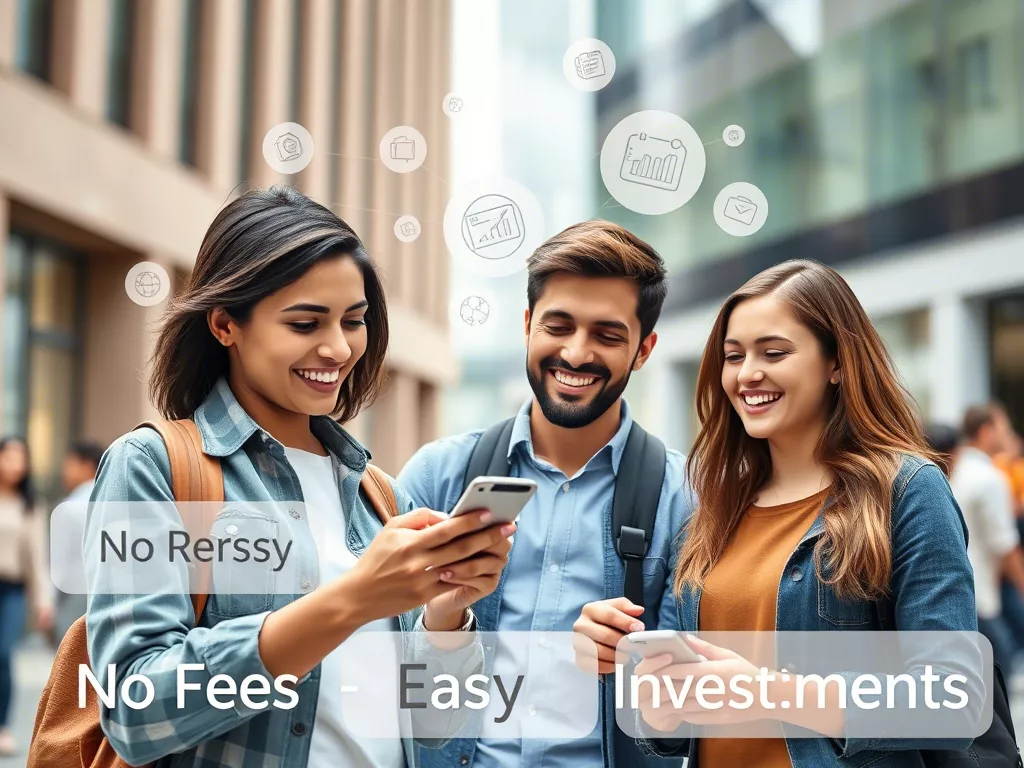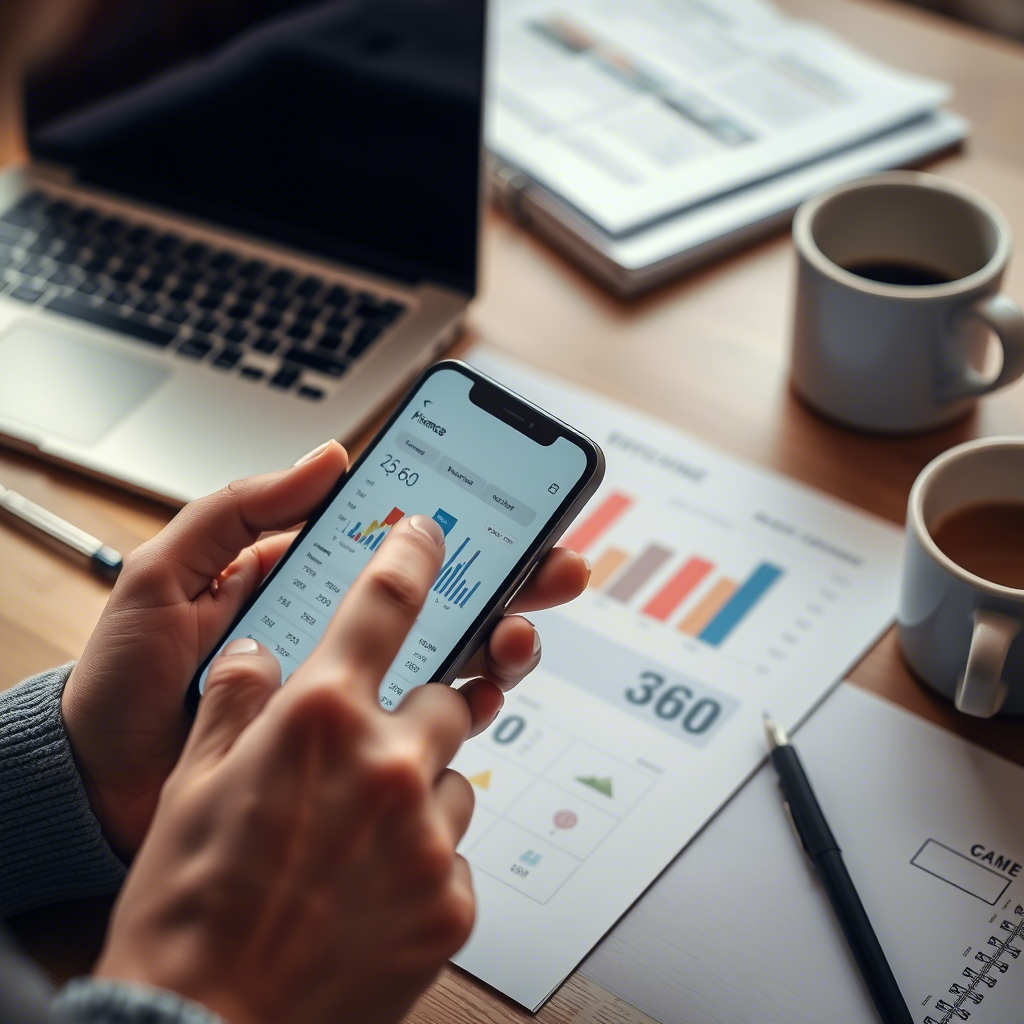
Have you ever wondered where all your money will go at the end of the month? Or been frustrated when you realized you spent more than planned? The good news is that, in an age of accessible technology, controlling your spending has never been simpler.
Personal finance apps are emerging as powerful allies in organizing your financial life, transforming chaos into discipline. With features like automatic expense tracking, limit alerts, and even savings suggestions, these tools are just a click away.
In this article, you will learn how to choose the ideal app , customize it to your needs e ensure that it really makes a difference in your pocket .
Let's explore real-world examples, practical tips, and discover how these technologies can be the key to achieving your financial goals—whether it's saving for a trip or eliminating debt.
Imagine having a 24/7 financial manager who tracks every penny you spend and alerts you when you're nearing your budget limit. This is exactly what personal finance apps offer. But why are they so effective?
According to a survey by CNBC , 68% of people who use digital tools to manage finances are able to save more than those who do it manually.
The key is in the automation : The apps sync directly with your bank accounts, credit cards, and bills, eliminating the need for manual notes. Plus, they visualize the data intuitively, like graphs that show what you spend the most on.
For example, if you realize that 30% of your budget goes to restaurants, the app might suggest reducing that amount by 10% to reach a savings goal. This clear vision helps you make informed decisions, something most people leave to “memory” or outdated spreadsheets.

There's no "best app" for everyone. The choice depends on your needs. Here are the essential criteria for finding the ideal tool:
Practical example :
Suppose you want to save R$500 per month for a trip. When setting up the app, you set a goal, and it will automatically adjust your spending limit. If you exceed the limit, you'll receive a real-time alert.
Have you ever stopped to think that R$ 5 a day in coffee adds up to R$ 150 a month? Apps not only recorded this , but also compared with their budget They highlight categories like “leisure” or “impulsive purchases,” showing you exactly where you can adjust.
Strategic tip :
Use the "tags" feature to categorize your spending. If an app notices that you spent R$$ 200 on delivery last month, it might suggest a "challenge" to reduce that to R$$ 150 next month.
True story :
Maria, a teacher, discovered that R$3,000 of her expenses were due to digital subscriptions she wasn't using. She canceled three services and, within six months, had R$3,000 more in the bank.
Applications like Nubank (Digital Savings) or Investor10 don't stop at controlling expenses. They connect management to long-term planning , such as investments or pensions.
Key Benefits :
Advanced tip :
Use the “recurring” feature to automate deposits into savings or investments, ensuring you don’t forget to save.
Apps aren't magic — their success depends on you act on the information they provide For example, after three months of use, João, a self-employed person, realized he was spending R$12,000 of his salary on fuel. He negotiated a more fuel-efficient car and, within a year, had already accumulated R$12,000.
Final reflection :
Financial control is not about deprivation, but about conscious choices . When you see that R$ 50 less in thoughtless purchases means a gift for the family at Christmas, discipline makes sense.
Personal finance apps are transformative tools that, when used correctly, make controlling expenses an easy and rewarding practice .
By choosing a suitable app, customizing it, and acting on its suggestions, you gain financial autonomy, reduce budget stress, and move toward goals like financial independence.
Call to action :
How about getting started today? Try a free app for a week and see how it can reveal savings opportunities. Share your experience in the comments—how many expenses have you managed to cut?